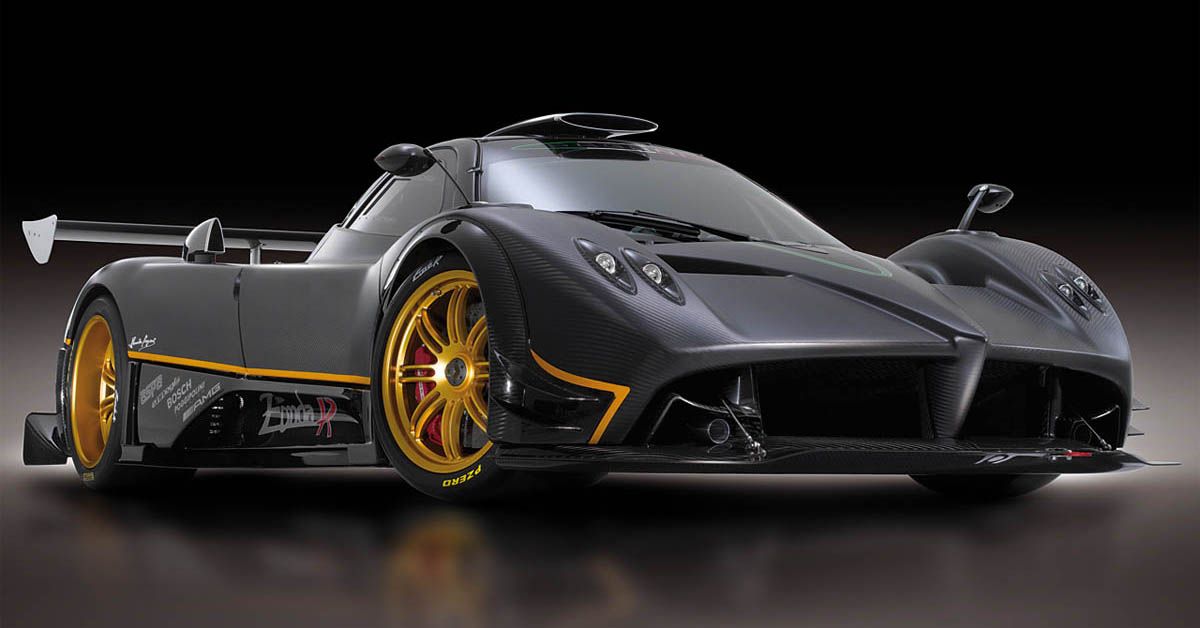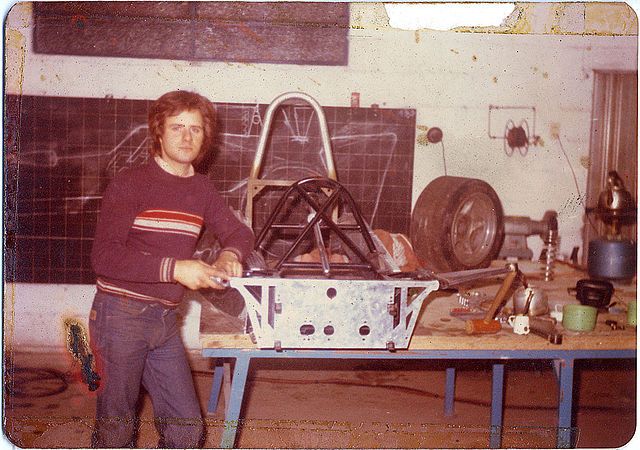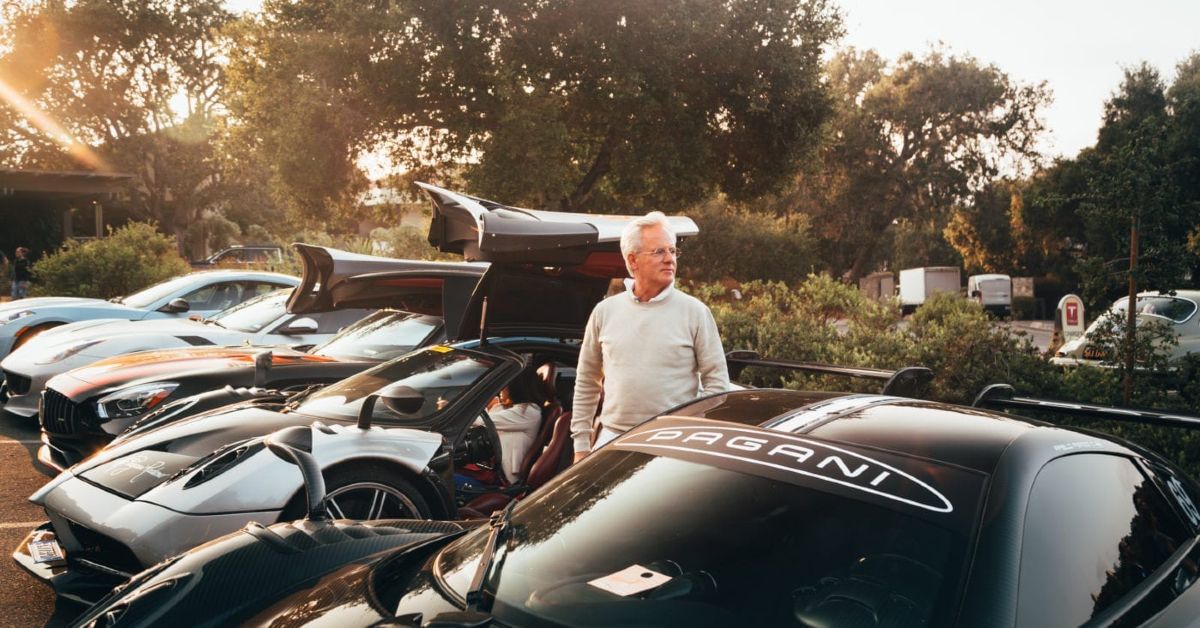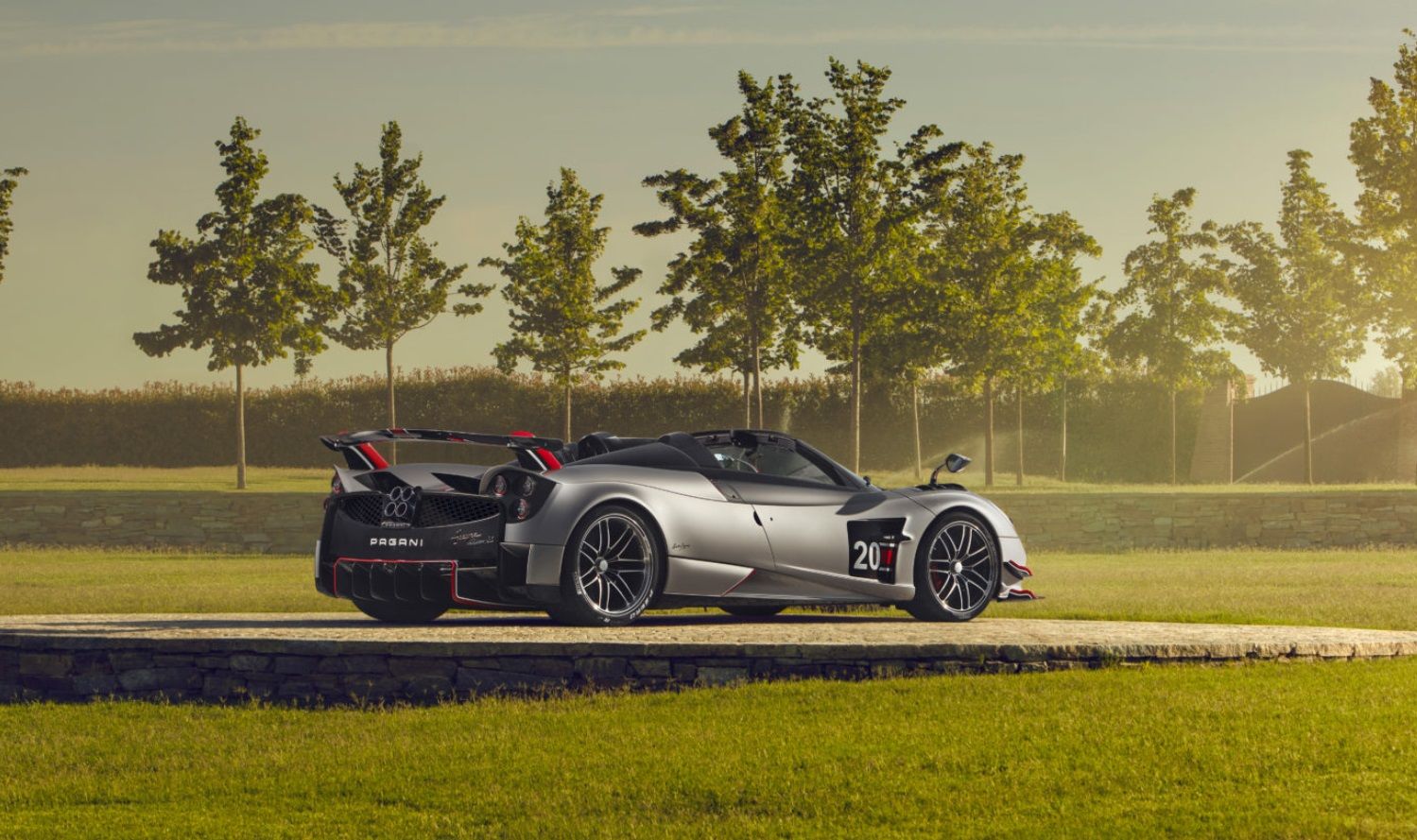Pagani supercars have captured the imagination of people from all walks of life, with their out-of-this-world designs and breathtaking performance.
Pagani is in the business of making dream cars, cars that many will desire, but only few can actually experience. Vehicles that both inspire and evoke an emotional response without moving. The man behind the rolling art is Horacio Pagani, somebody who had a dream to build the most beautiful car in the world, and by all rights he achieved that ambitious goal, repeatedly.
Pagani cars have become investment opportunities, unlike depreciating mass market supercars these cars are all made in small numbers and are indeed recognized as art by most collectors. They aren't just good to look at either, these cars were designed to be driven too.
Passionate About Design
From a young age Pagani was obsessed with design, he tried his hand at several things but eventually found his place in the automotive industry.
His first design to receive national acclaim in his native Argentina was his Formula Renault F2 car, but soon moved on to bigger and better things when he got an opportunity to work at Lamborghini. With Lamborghini he would benefit from working with like minded individuals, learning from some of the best designers in the industry at the time.
Although for most working at Lamborghini would have been a dream job, he was not content with simply helping design cars for another company, he wanted to do his own thing. His experience at Lamborghini helped him recognize the incredible potential composite materials had for the automotive industry, with unparalleled strength and weight advantages.
Composite Materials Pioneer
At the time, composites were still fairly new to most and incredibly expensive to work with, reserved for space exploration and top flight racing teams.
Pagani found himself at the forefront of the materials transition to supercars, helping develop one of the very first prototypes made exclusively of composite materials like carbon fiber. It would prove to be a watershed moment in his career as this experience would help him set up his own company, Moderna Design, developing composite materials for both the automotive and aerospace industry.
It was most certainly not his dream to simply make high performance car parts destined for racing and other prototypes, but it paid the bills, then by the 90s he had enough resources to start developing his own car that would make liberal use of the composite materials his company was making. The Zonda came out in 1999 and was one of the most futuristic cars at the time, a revolutionary move as it took Formula 1 technology and brought it to the street.
Science Meets Art
The strength, weight and torsional rigidity carbon fiber offers is hard to ignore, but so is its price tag.
It requires incredible skill to manufacture and to piece it together. Making a vehicle out of it requires a huge amount of man-hours, these cars are expensive for a reason. They are all made by hand, much like the coachbuilt cars of yesteryear, these also have their imperfections that make each car completely unique. Pagani still oversees the manufacturing of each and every car, making certain his design brief is followed to a tee. A necessary part of the build process when you consider the fact that customers can choose exactly how they want their Pagani built, making the process even more personal and even more expensive.
All their cars are made to be driven too, the latest Huayra BC is equipped with the sensational hand built AMG twin-turbo V12 that is capable of producing almost 800 horsepower, or almost as much power as modern Le Mans racing cars. 60 comes up in less than 3 seconds, but the power delivery is just such an emotional experience, with the cars only weighing around 3,000 pounds their incredible power to weight ratio makes them feel like bespoke racing machines. The chassis is designed and set up for track use, backing up the claims that the rest of the car seem to be making.
Pagani cars are the full package, not just track cars, not just art, but a full on dream car, and no matter what Pagani you get or how much you end up spending on it, you will never be disappointed.




